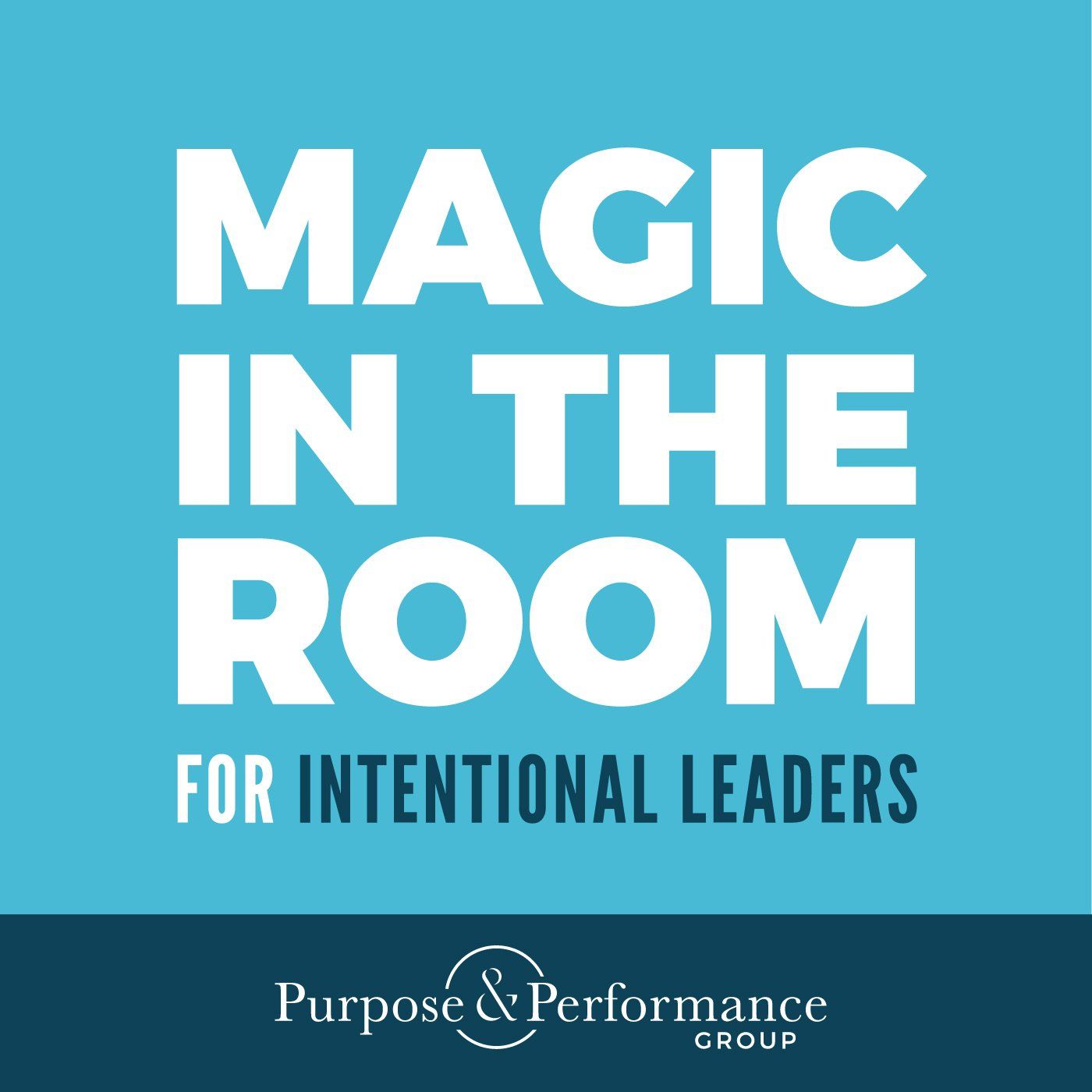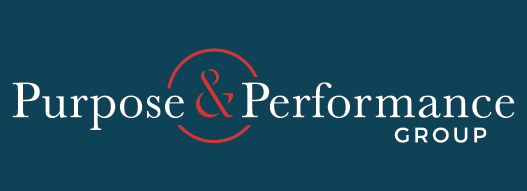Dr. Bob’s Reads: “The Dual-Purpose Playbook”
My purpose is to help people flourish by enhancing the health of organizations. As a part of this purpose, I am committed to sharing best practices regarding purpose-driven leaders, teams & organizations.
Today’s best practices come from an article entitled “ The Dual-Purpose Playbook ” by Battilana, Pache, Sengul & Kimsey. The article explores important, practical ideas for organizations who “are in pursuit of financial gain while paying closer attention to their impact on society.”
Key takeaways:
“A decade of “research reveals that successful dual-purpose (do well and do good) companies take an approach we call hybrid organizing, which involves four levers:
- Setting and monitoring social goals alongside financial ones
- Structuring the organization to support both socially and financially oriented activities
- Hiring and socializing employees to embrace both
- Practicing dual-minded leadership.”
“No single playbook exists for setting social goals. But our studies point to two rules of thumb.
- First, do the research. Often leaders try to set goals without developing and understanding of the specific social needs they aim to address. Just as they conduct market research to identify opportunities for profit, they should study those social needs.”
- Second, set goals that are explicit and enduring – though they may have to be updated in light of a changing environment.”
- “Our research has found that companies succeed by dedicating substantial time and effort to developing a manageable number of trackable metrics during the goal-setting process and revisiting them regularly to assess their continuing relevance and adequacy.”
- “A learning mindset is essential for developing and using key performance indicators (KPIs). A willingness to experiment and change on the basis of experience, whether their own or others’, helps businesses better understand social problems and how to address them.”
- Some “successful businesses also complement KPIs with in-depth qualitative assessments of their social performance.” (For example – conducting face-to-face interviews with key stakeholders that explore the impact the organization’s efforts are having on the greater good.)
- “It’s virtually impossible to succeed on financial and social fronts over the long run if the company isn’t designed to support both. Achieving an effective design requires that you think about which organizational activities create economic value and which create social value, how those activities relate to one another and how you’ll try to balance them.”
- “Once employees are on board, socializing them can be daunting. Every employee needs to understand, value and become capable of contributing to both financial and social goals in some form.” (Formal approaches to socialization may include annual meeting / retreats, dedicated trainings and job shadowing.)
- Dual-minded leadership: “Leaders must manage the tensions that inevitably crop up on the path to achieving dual goals. These tensions often involve competition for resources and divergent views about how to reach those goals. Leaders must affirm, embody and protect the financial and the social side and address tensions proactively.”
Bottom Line
At Purpose & Performance Group, we help courageous leaders navigate the rapidly approaching new normal of “doing good while doing well.” Our experience highly correlates with the authors’ research regarding:
- Being intentional when it comes to creating greater good goals that are “explicit and enduring,”
- Keeping, knowing & adjusting to the score via KPIs,
- The importance of executive leaders willing to serve as champions who “protect” & “proactively address” the tension often associated with “doing good while doing well,” &
- Having & prioritizing a “socialization” process that helps both existing & incoming stakeholders understand and thrive in a dual-purpose environment.
We love the concept of having a “playbook” when it comes building an “dual-purpose” organization. Give us a yell & we will help you build & execute your game plan.
The post Dr. Bob’s Reads: “The Dual-Purpose Playbook” appeared first on Purpose and Performance Group.


